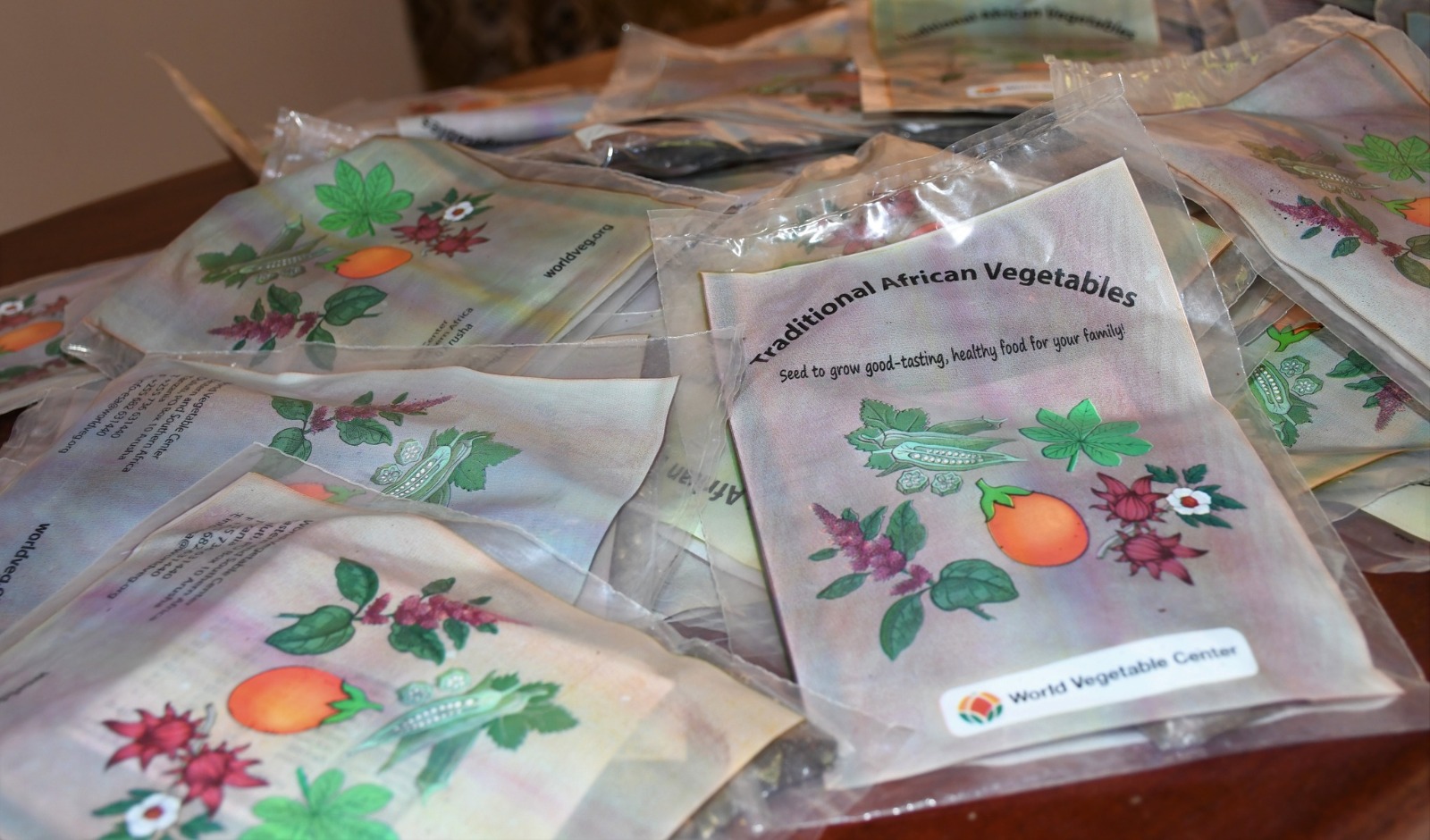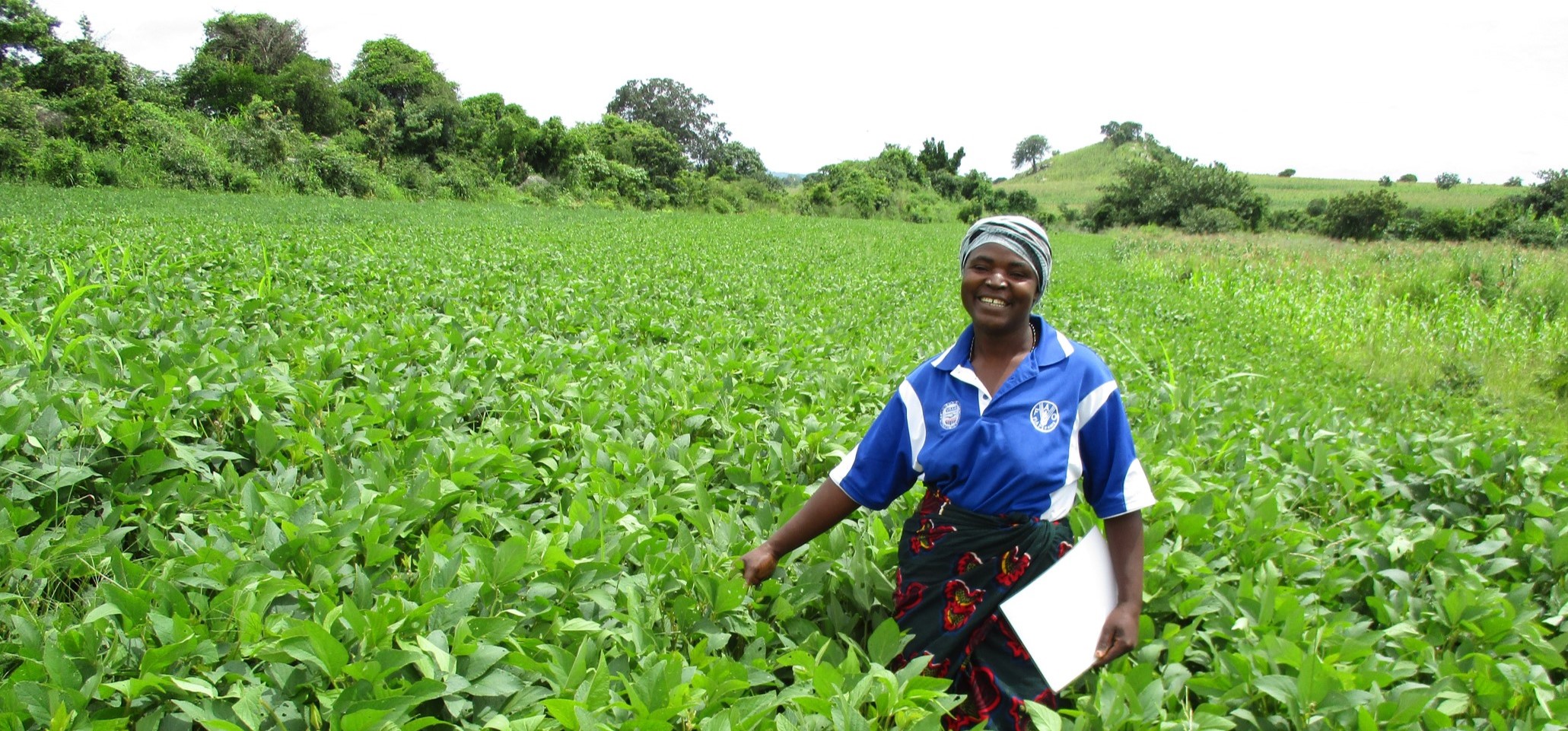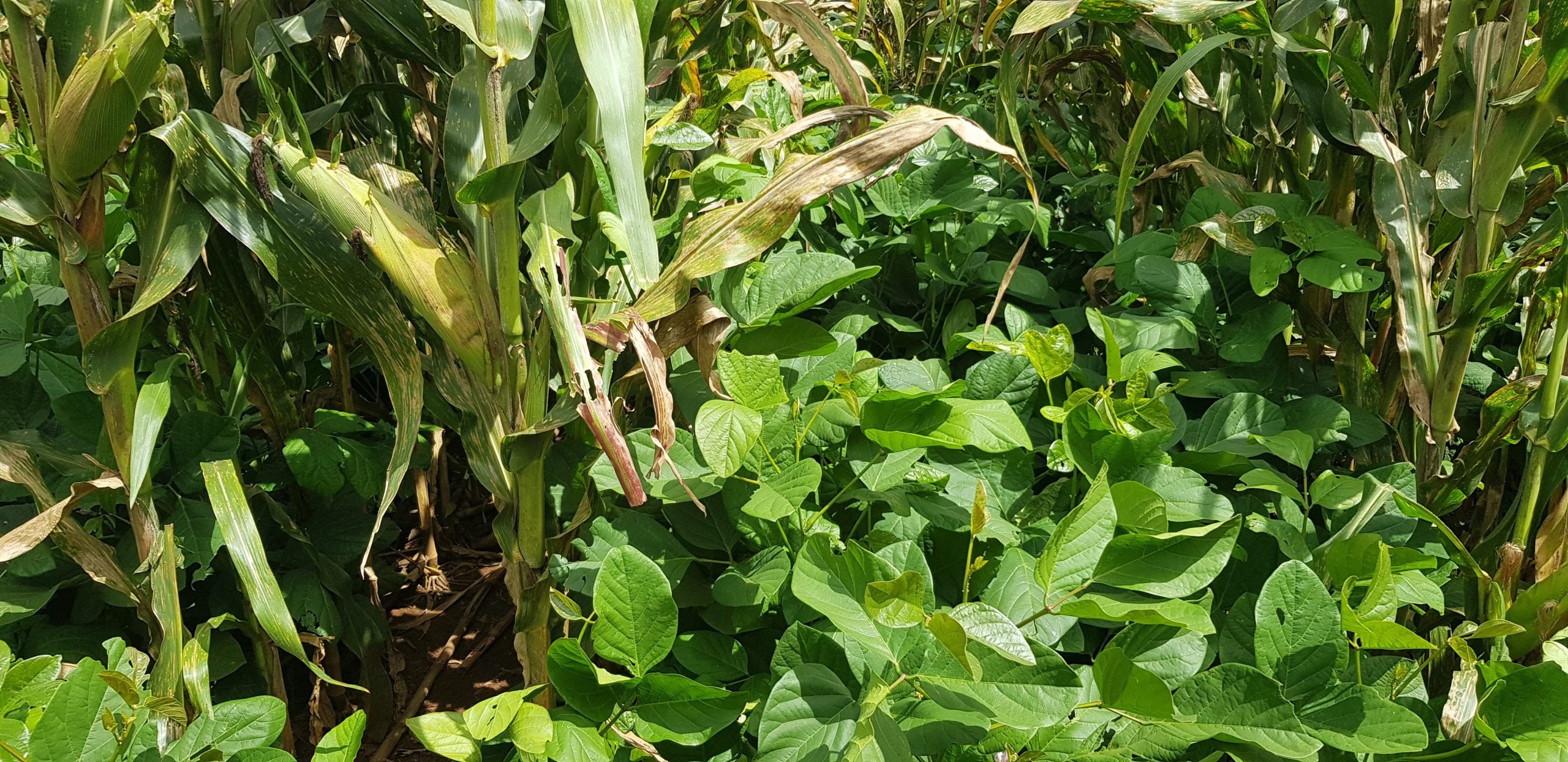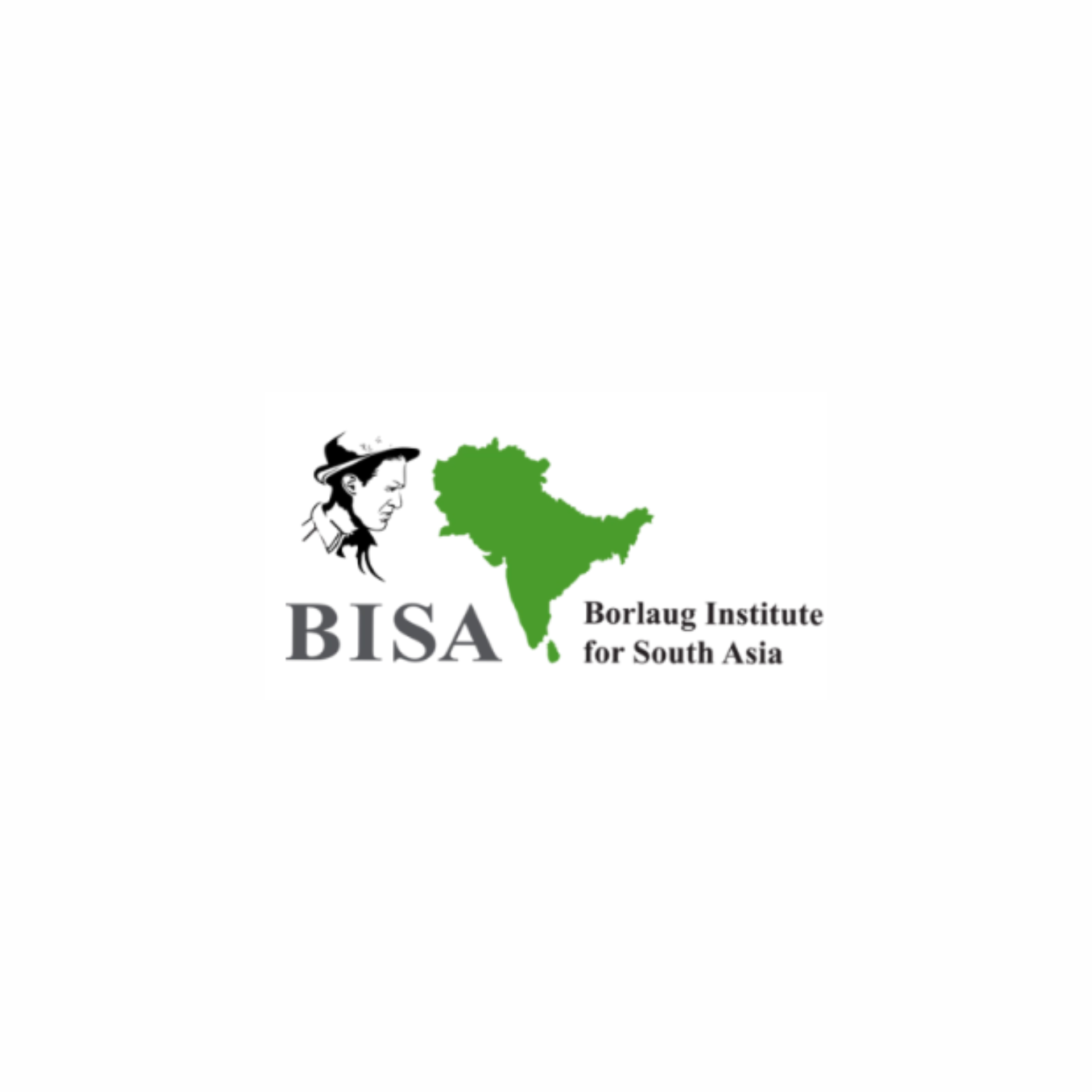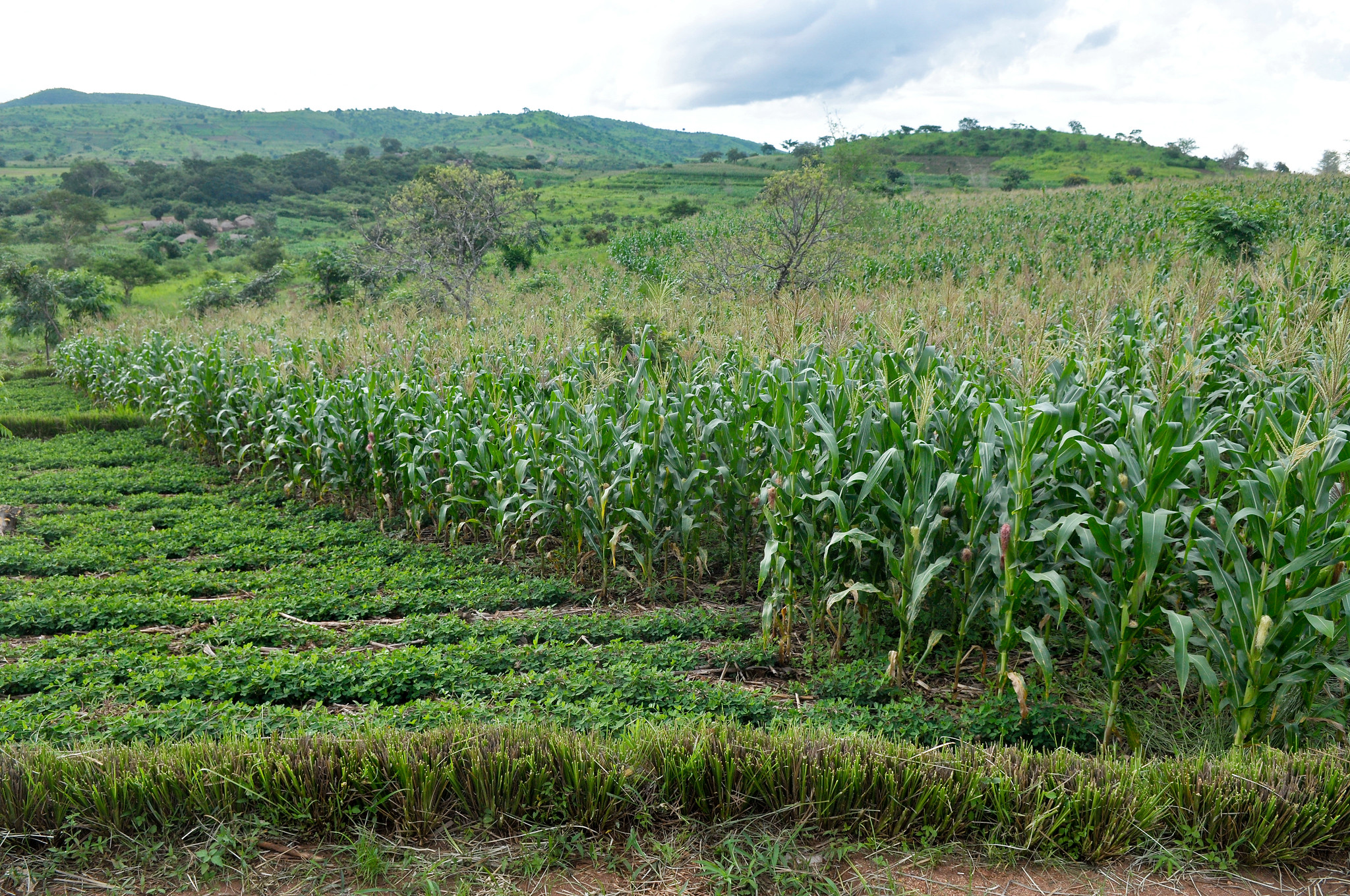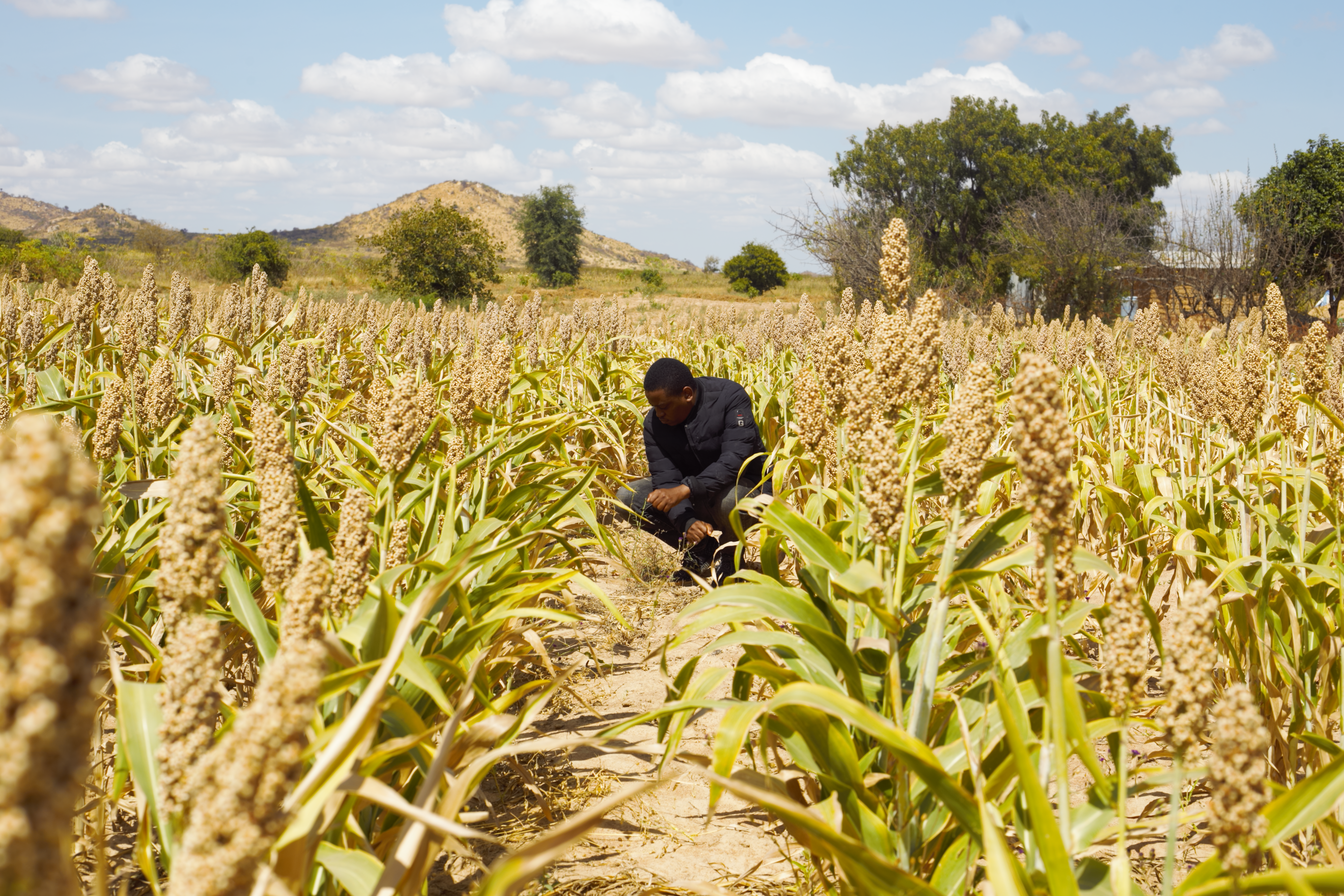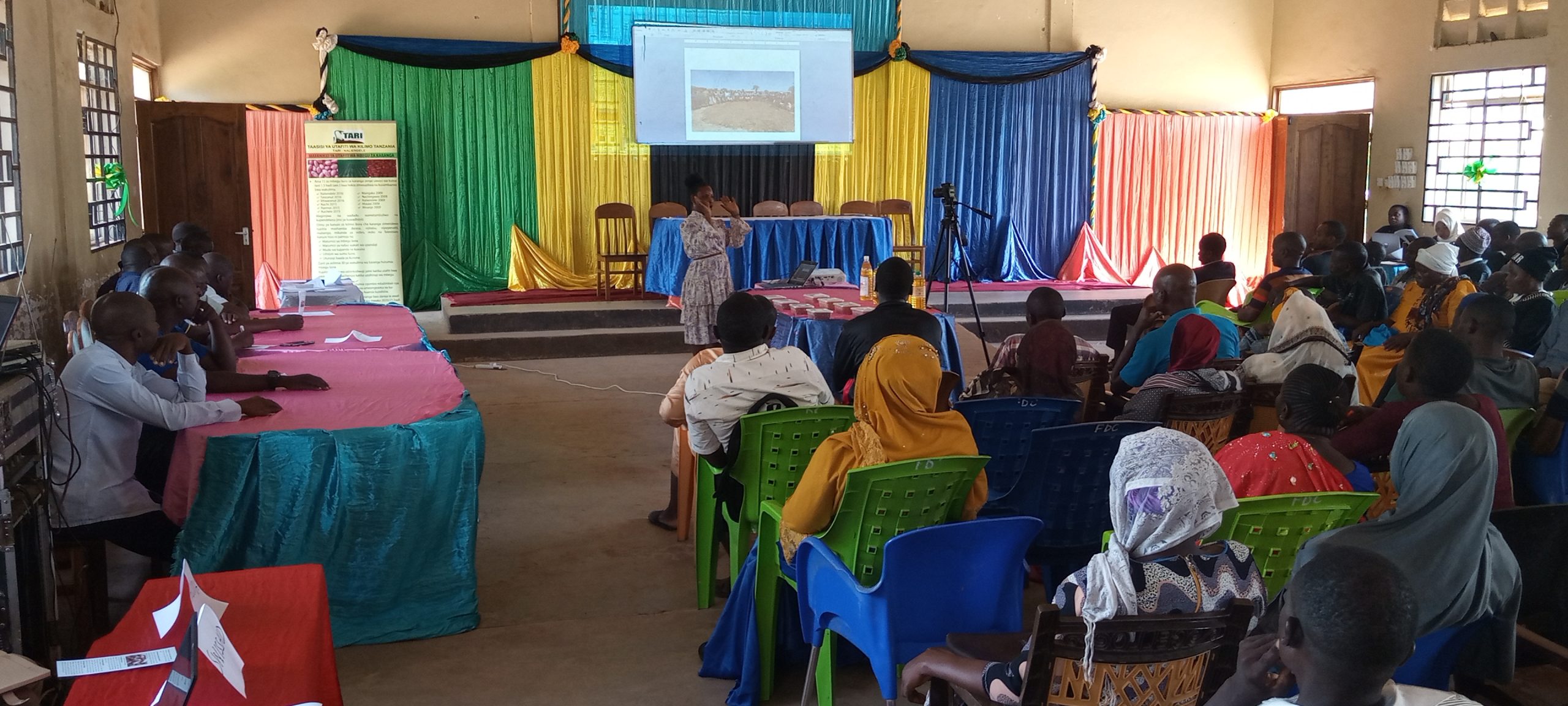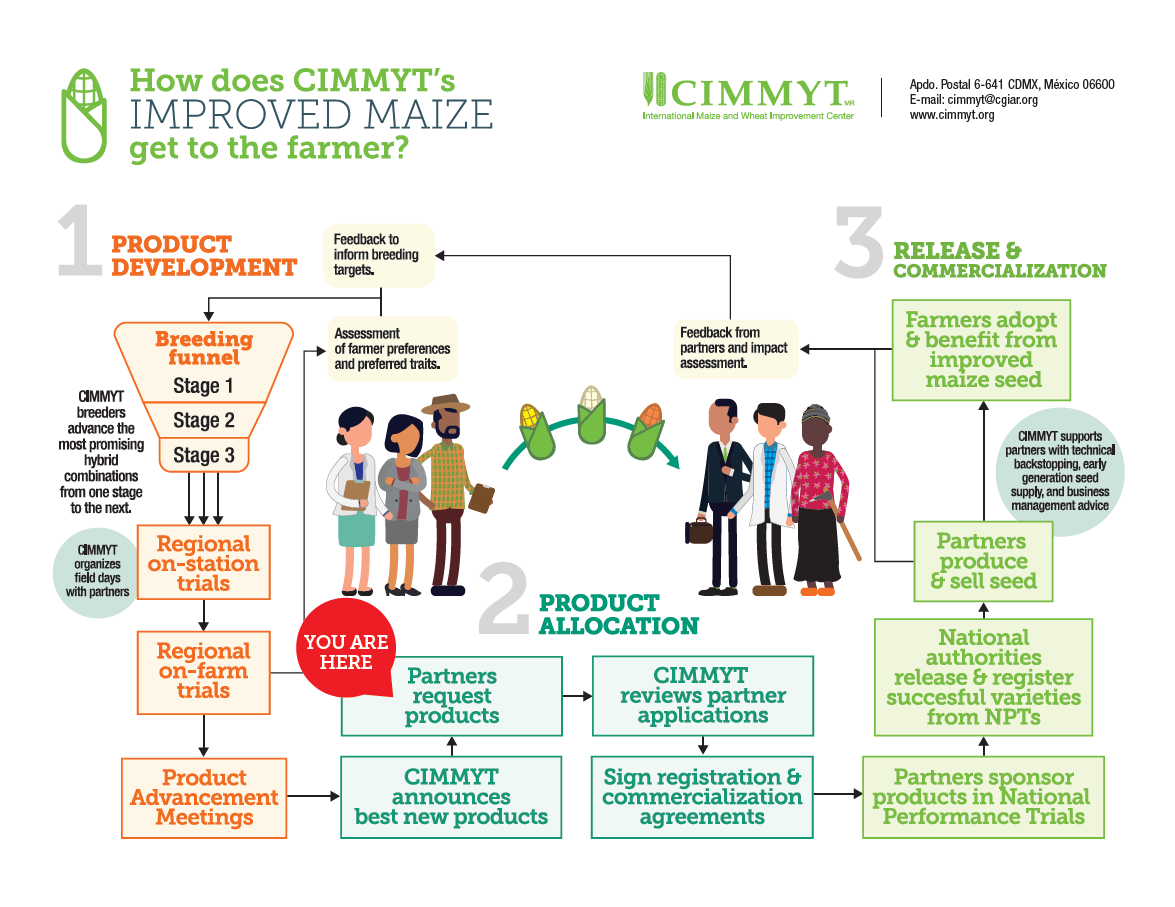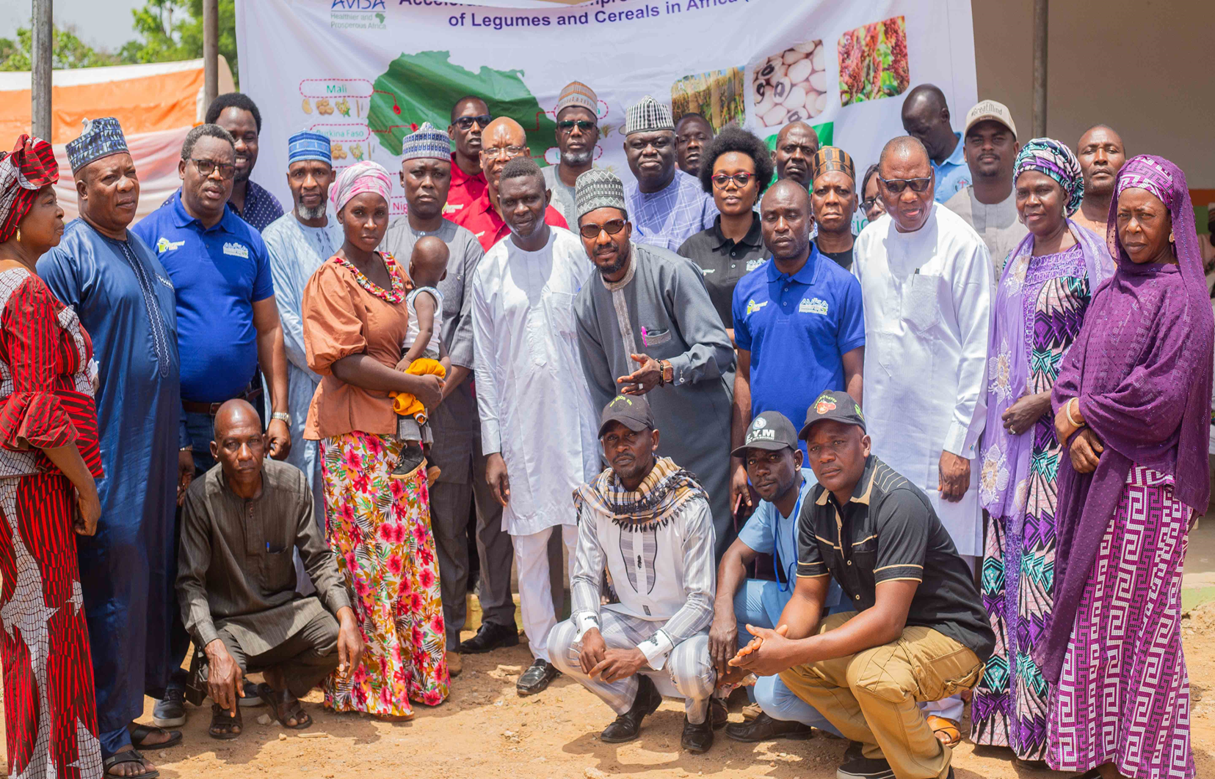Innovations
Working with smallholders to understand their needs and build on their knowledge, CIMMYT brings the right seeds and inputs to local markets, raises awareness of more productive cropping practices, and works to bring local mechanization and irrigation services based on conservation agriculture practices. CIMMYT helps scale up farmers’ own innovations, and embraces remote sensing, mobile phones and other information technology. These interventions are gender-inclusive, to ensure equitable impacts for all.
Scaling up health diet seed kits in Zanzibar
 Capacity development
Capacity development
Health diet seed kits are enhancing food and nutrition security in Zanzibar.
Connecting rural Nepalese farmers to the market through Interactive Voice Response (IVR) service
 Innovations
Innovations
Source: ComDev Asia (26 Nov 2023)
CGIAR Initiative on Diversification in East and Southern Africa
 Gender equality, youth and social inclusion
Gender equality, youth and social inclusion
LIPS-Zimbabwe empowers farmers through innovative intercropping trials
 Climate adaptation and mitigation
Climate adaptation and mitigation
LIPS-Zimbabwe has been at the frontline of introducing innovations to farmers in Mutoko and Buhera by integrating intercropping trials.
Transformative UK-CGIAR Partnership Announced at the Global Food Summit 2023
 Innovations
Innovations
Source: Alliance Bioversity & CIAT (23 Nov 2023)
New partnership between the CGIAR and the British Government.
EU-funded project refurbishes Gwanda veterinary lab, boosting livestock disease control
 Capacity development
Capacity development
Source: The Free Library (22 Nov 2023)
The LIPS-ZIM program to enhance livestock productivity and control diseases affecting smallholder farmers.
CIMMYT’s Hub Model – a learning field in Mexico for the Indian Scientists
 Climate adaptation and mitigation
Climate adaptation and mitigation
GenderUp: a conversational tool for achieving more inclusive impact from innovations
 Climate adaptation and mitigation
Climate adaptation and mitigation
Source: Gender Impact Platform (21 Nov 2023)
Resilience Building through agroecological intensification in Zimbabwe (RAIZ)
 Climate adaptation and mitigation
Climate adaptation and mitigation
Response of African sorghum genotypes for drought tolerance under variable environments
 Capacity development
Capacity development
Scientists revealed a vast diversity in the genetic resources of sorghum and provided a pathway for selecting promising genotypes for regions prone to drought in sub-Saharan Africa.
Boosting groundnut value chains
 Innovations
Innovations
A stakeholder meeting held with the aim of establishing a platform for dialogue among stakeholders involved in groundnut production and distribution laid the foundation for the development of groundnut farming in Tanzania.
Farmers’ Hub launched in Nigeria to boost food security and agricultural development
 Capacity development
Capacity development
AVISA Farmers’ Hub initiative aims to empower local farmers, enhancing food security and agricultural development in North Central Nigeria.
Scientist emphasizes digital agro-advisories utilization
 Capacity development
Capacity development
Source: The Horn (14 Nov 2023)
CIMMYT scientist, Kindie Tesfaye highlights the role of user-centric climate information services and advisories in empowering farmers.
